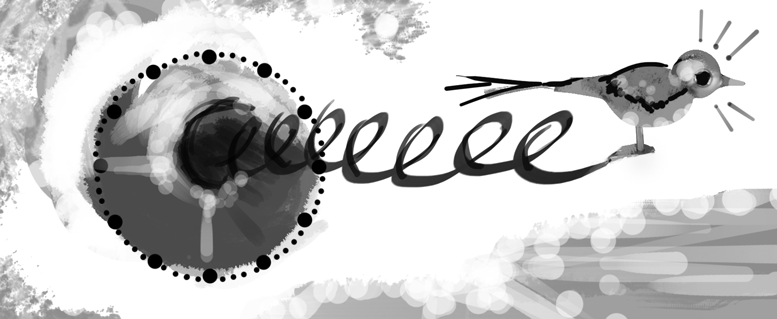It seemed like a normal Monday. Ahmed Mohamed, a 14-year-old freshman at MacArthur High School in Irving, Texas, began the school week just like any other. It was Sept. 14, and the new school year had recently started. What he could not have possibly predicted was that he would end the day in handcuffs, and the week as a trend on Twitter.
Mohamed, a young engineering enthusiast, was arrested after bringing a clock he had built to school to show one of his teachers. His English teacher believed that it was in fact a bomb, and the school proceeded to call the police. In the hours that followed, he was fingerprinted, interrogated, and was not allowed to call his father.
There was one piece of the incident that transformed it from a potentially traumatizing experience for one person into a call to protest for many: a photo of Mohamed, handcuffed, looking frightened in a well-worn NASA t-shirt.
The photo exploded on Twitter and Facebook. Soon news outlets worldwide were pursuing the story, and by Wednesday, Ahmed Mohamed was a household name.
While the teachers at MacArthur High School and Irving police were accused of racism and Islamophobia, Mohamed was receiving support online from the likes of Hillary Clinton, Mark Zuckerberg, and Chris Hadfield. Barack Obama has invited him to the White House. By Wednesday, #IStandWithAhmed was trending on Twitter with an average of 2,000 tweets per minute.
By the end of the school week, he was no longer the top trending hashtag on Twitter. Many news articles began to focus more on the restitutions Mohamed had received and his newfound fame, rather than the injustice itself. What remains now is the roof of the problem: stereotypes and prejudices are turning minority youth away from the sciences.
This is not the first time a high school student has been arrested over a science experiment. In 2013, then-16-year-old Kiera Wilmot, a student at Bartow High School in Florida, was arrested after an advanced model volcano she had created had released a small amount of smoke.
While charges were dropped, she still feels followed by her past, and her felony arrest record will be erased at the slow pace of five years per felony. Wilmot, like Mohamed, is a person of colour.The United States is currently facing a shortage of STEM graduates in the workforce. In 2012, 22,259 doctorates in the studies of science and engineering were awarded to U.S. citizens and permanent residents. Out of these, 1,140 doctorates were awarded to black graduates, while 15,255 of the graduates were white.
Neil deGrasse Tyson, who is one of the most popular scientists in North America today, has said that his childhood dream of becoming an astrophysicist was “hands down, the path of most resistance through the forces of nature, the forces of society.”
“Any time I expressed this interest, teachers would say, ‘don’t you want to be an athlete?’ I wanted to become something that was outside of the paradigms of expectation of the people in power.”
Yasmine El-Salakawy, a first year student in the U of M’s faculty of science and a practising Muslim, believes that Mohamed’s quick rise to fame is unlikely to inspire a discourse on lack of diversity in the field of science, especially among people who already have a biased opinion.
“People who hate Muslims will hate Muslims regardless. I feel that way. It’s really hard to change someone’s mind,” El-Salakawy told the Manitoban.
Muslim youth in the United States are faced with hostility and suspicion on a regular basis. The Pew Research Center’s American Trends panel reported that after surveying a randomly selected group of U.S. adults, the most negatively viewed religion was Islam. And there is perhaps nowhere in the U.S. where this bigotry reveals itself so clearly than in Mohamed’s own home, the state of Texas.
Last January, a Muslim conference in Dallas titled “Stand With the Prophet Against Terror and Hate” was met with protests. The conference was being held to raise funds to build a Muslim cultural center. The following May, Pamela Geller organized the Muhammad Art Exhibit and Contest, which encouraged people to draw cartoons of the Prophet Muhammad, which is considered extremely offensive in Islam. The contest offered a US$10,000 cash prize.
Now, mere months later, a teenage boy in that same state has been arrested – most likely for being simultaneously creative, ambitious, and a non-white Muslim. It has been shown that black people are much more likely to leave STEM careers after earning their PhD than their fellow white graduates.
There have been no widespread studies concerning whether or not there is a connection between the rising severity of Islamophobia within the United States and the emotional state of Muslim youth, which makes it difficult to predict whether or not Islamophobia is affecting their academic choices.
That being said, it’s not difficult to assume that when a police officer that Mohamed had never met looked him up and down after arresting him and said “Yup. That’s who I thought it was” it probably didn’t feel too encouraging.


